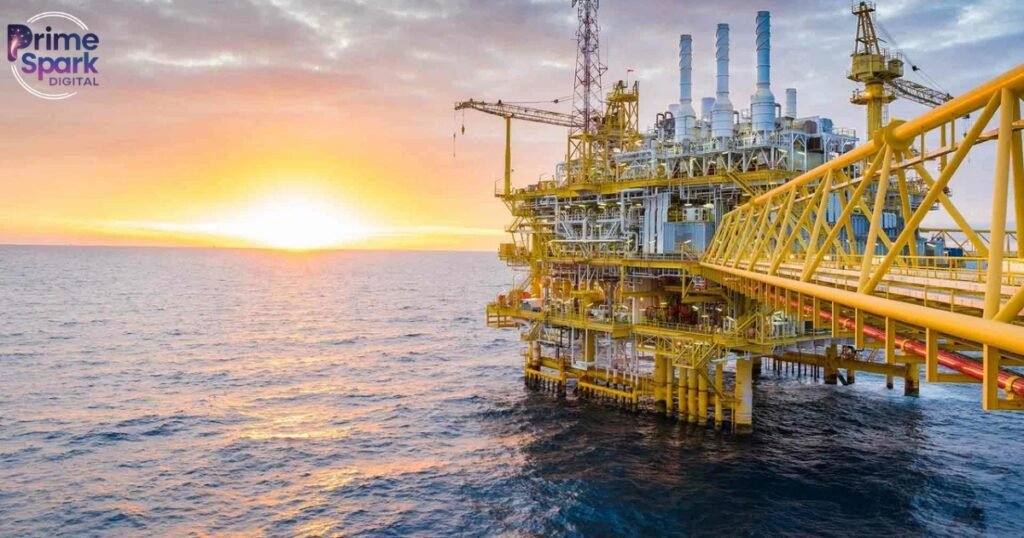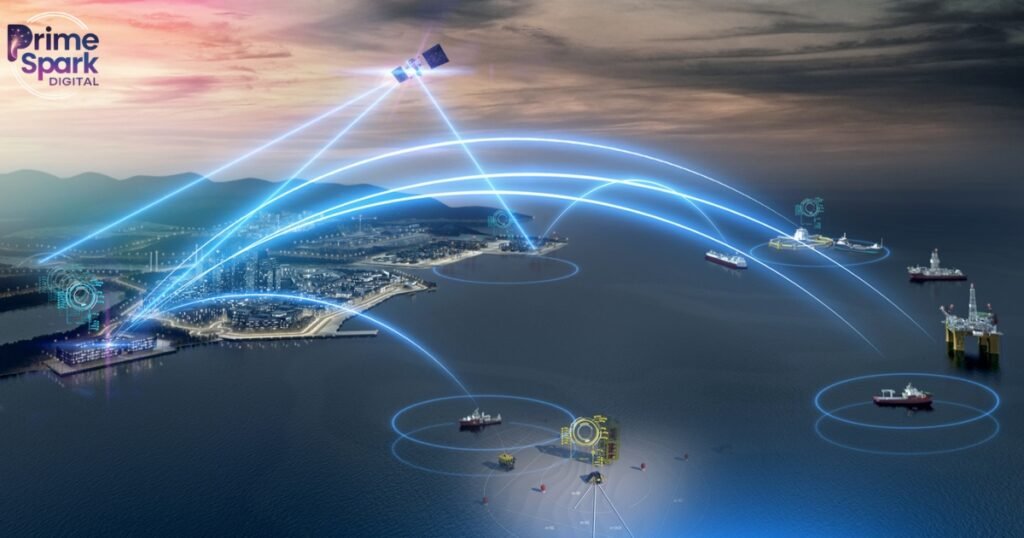Introduction to Deep Offshore Technology
Deep Offshore Technology is changing the way the world thinks about energy. As shallow water resources run low, engineers now reach deeper parts of the ocean for energy. This technological innovation in energy is used to extract oil, gas, and even support renewable energy projects. From subsea systems to floating wind turbines, these tools are designed to survive the high-pressure subsea environment. But what makes this technology so powerful is not just how deep it goes, but how smart it works. Deep Offshore Technology now combines smart machines, real-time data, and robotics to do what once seemed impossible. It’s helping to power the world while unlocking the future of energy from the ocean.
The Evolution of Offshore Energy Extraction
Offshore drilling started in shallow waters using simple fixed platforms. But as surface resources declined, companies moved further offshore. This shift led to deep offshore vs shallow water drilling methods. Today, ultra-deepwater fields need new tools, materials, and advanced planning to operate.
Modern projects involve directional drilling, Managed Pressure Drilling (MPD), and advanced safety systems. Deep offshore areas need to handle tough environments. These include strong ocean currents, extreme cold, and a high-pressure subsea environment. The rise of technological innovation in energy has made deep-sea drilling more effective.
Key Components of Deep Offshore Technology

Deep offshore setups use a mix of machines, robotics, and pipelines. Important parts include Remotely Operated Vehicles (ROVs) and Autonomous Underwater Vehicles (AUVs). These robots inspect and fix equipment in deep water. They work where humans can’t go.
Also, subsea trees, umbilicals and pipelines, and subsea manifolds manage the oil and gas flow from wells to platforms. Digital twins are also key. These are virtual models that help teams monitor and test systems in real time. With these tools, problems are found early, and systems run more smoothly.
How Deep Offshore Technology Extracts Oil and Gas
How does deep offshore technology work? It starts with surveys that study underwater geology. This helps find the best drilling spots. Then, large offshore platforms or floating platforms are built above these sites. Drilling rigs then go through layers of rock to reach oil or gas.
Once found, the oil and gas flow through subsea systems into pipelines. Directional drilling allows reaching sideways under the sea floor. This reduces environmental damage. MPD controls pressure to avoid blowouts. Everything is monitored by teams using digital twins to keep things safe.
Advantages and Innovations Driving Deep Offshore Technology
Advantages of using deep offshore systems include accessing more resources and improving energy supply. It helps lower dependence on land-based oil fields. Deep offshore fields can also run for many years. They support long-term growth and energy security.
New inventions make these systems better and cheaper. The role of AI in offshore technology is growing. AI helps with data, safety checks, and repairs. Robots and ROVs do tasks without putting workers at risk. Technological innovation in energy has reduced failure and downtime in recent years.
Environmental Considerations and Challenges

Many ask, how deep offshore drilling affects marine life. Drilling can harm marine biodiversity. The noise, waste, and leaks can affect fish and deep-sea plants. So companies now use sensors to check on wildlife and seabeds.
The environmental impact of offshore drilling can be serious if spills happen. Tools like real-time leak detection and emergency shut-off valves help prevent disaster. Still, many wonder, is deep offshore drilling sustainable? The answer depends on how careful and clean each operation is.
Major Challenges Facing Deep Offshore Operations
Why is deep offshore technology expensive? Because it needs custom tools and tough machines. Also, the cost of fixing problems under the sea is very high. Platforms must stand up to storms, saltwater, and freezing temperatures.
Another issue is safety. How safe is deep-sea oil extraction? Workers face pressure hazards and equipment failure. Also, it’s hard to transport heavy tools to remote areas. This makes deep offshore projects more complex than land or shallow sea drilling.
The Future of Deep Offshore Technology

People now look at renewable energy projects from oceans. Projects with floating wind turbines and carbon capture and storage (CCS) aim to reduce carbon. These methods mix old oil tech with new green tools. They may help answer the question: Future of energy from the ocean?
As AI, drones, and better materials evolve, offshore tech will keep changing. Companies are testing smart rigs and using digital twins to plan better. Robots now handle more work. This trend shows that the use of robotics in offshore technology will only grow.
Deep Offshore Technology and Global Energy Security
Oil from deep oceans helps meet global demand. It also helps nations rely less on unstable sources. This boosts energy security and supports stable pricing. Energy from the sea also reduces transport issues since oil is closer to shipping lanes.
Benefits of deep-sea energy exploration also include job creation and tech growth. With the help of offshore platforms and smart planning, deep offshore fields could provide fuel for decades. This adds to global safety and resource access.
Conclusion
What makes offshore drilling risky? The depth, cost, and dangers under the sea. Still, with the right tools, skills, and care, deep offshore tech is changing the game. It provides fuel, power, and now even wind energy from the deep.
The future of this field is bright if handled wisely. With better machines, cleaner methods, and smart tools like digital twins, this sector can support both energy needs and environmental sustainability. Offshore systems may hold the key to future energy without harming the planet.
FAQs
What is deep offshore?
Deep offshore refers to oil, gas, or energy operations conducted in ocean depths greater than 500 meters, often using advanced subsea technology.
What is top side offshore technology?
Topside offshore technology includes all the surface-level equipment and systems installed on offshore platforms used for energy production and processing.
What is marine and offshore technology?
Marine and offshore technology involves designing, building, and operating systems for use in the ocean, including ships, rigs, and subsea structures.
What jobs can you get with a marine technology degree?
You can work as a subsea engineer, offshore project manager, marine robotics technician, or oceanographic researcher in both private and government sectors.
What is the difference between offshoring and offshore?
Offshoring is the relocation of business processes to another country, while offshore refers to activities or operations done out at sea.

I’m Talal Khan founder of Prime Spark Digital, a passionate blogger, digital enthusiast, and an SEO specialist. With a keen eye for digital trends and a dedication to delivering value-packed content. I helps readers stay informed and inspired in the ever-evolving world of online media. Thanks for stopping by



